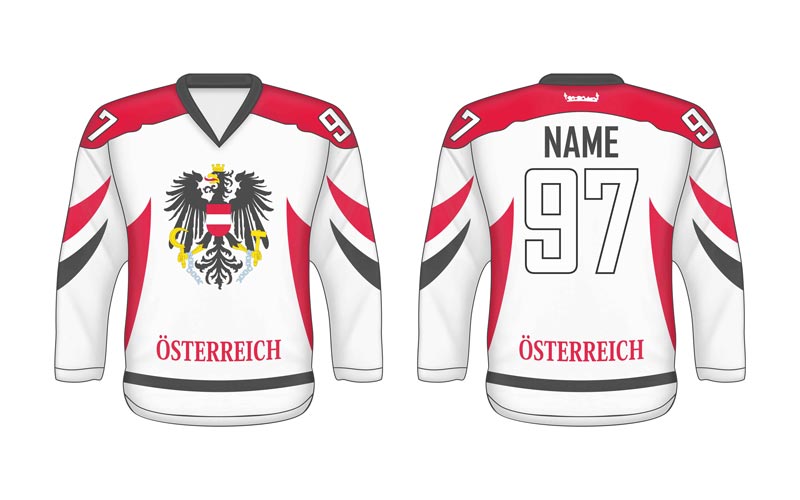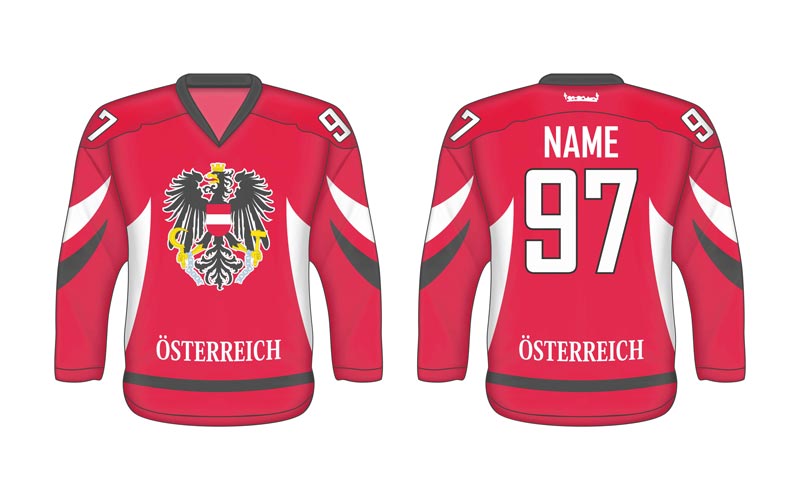Screen printing is a classic and the best way to print. Screen printing guarantees a long life for and the washability of the theme and the best print results. The theme can be printed in up to 7 colours. Compared to flex/flock, with screen printing it is possible to print an image in any desired colour, which can be defined in Pantone or CMYK, as well as in silver and gold.
Direct printing of fabric occurs with screen printing. Maximum print size: 34 cm x 38 cm. Screen printing is possible on cotton material (T-shirts, polo shirts, aprons, bags, table cloths...), a blend of cotton and polyester, and nylon (e.g. umbrellas, bags,... - only 1 colour print). Screen printing is suitable for larger numbers (min. 50 pcs), as the preparation of screen printing screens is more expensive.
Screen printing technology is more complex and consists of several steps. The given theme must first be separated into individual colours and each colour is then printed separately on the film. Using these films, templates are prepared (an aluminium frame on which a certain density screen is glued). These screens must be coated with a special emulsion. The film, together with the template, is placed in the darkroom where the template is highlighted through this film. Where the template was enlightened, the emulsion hardens. In places where this light does not pass through the film, this emulsion does not harden and is washed out when the template is rinsed. It means that where the emulsion hardens, the screen becomes impermeable; where it does not harden and washes out, the screen remains permeable, and colour can pass through it. The templates are then placed on the machine (carousel) and, if it is a multicoloured print, the individual templates must be calibrated to print the desired image when the individual templates are printed. Mixed colours that are defined in either Pantone or CMYK are inserted into the templates. The printing itself takes place in such a way that the spreader pushes the colour in front of it. When it passes through a place on the template where the emulsion has washed out and the screen is permeable, colour passes through the place to form the theme. If the theme consists of more colours, then the first colour is printed first, then the fabric will go under the second template, where the second colour will be printed and then the third colour...... The entire theme must then be placed in the drying tunnel to harden the colour.
Price depends on print size and quantity ordered.
Advantages:
- screen printing is cost-effective in larger quantities (from approx.: 50 pcs) The price depends on the print size, amount and the number of colours,
- possibility to print any graphic but max. 7 colour theme. Vector printing: possible - no limit, min. line thickness approx. 0.5 mm.
- printable (raster) printing (consultation required),
- any colour printing + option with metallic colours (gold / silver),
Disadvantages:
- unfavourable price when small number of items (up to 20-50 pcs depending on the number of colours),
- the technology is limited for raster printing and very fine transitions (consider using digital DTG printing).
Further information:
- washing possible at 40°C - 60°C,
- maximum print size: 34 cm x 38 cm,
- printable materials: a) cotton, b) blend of cotton and polyester – quality of this blend?, c) nylon (1 colour print only).



 Slovensky
Slovensky Deutsch
Deutsch Česky
Česky